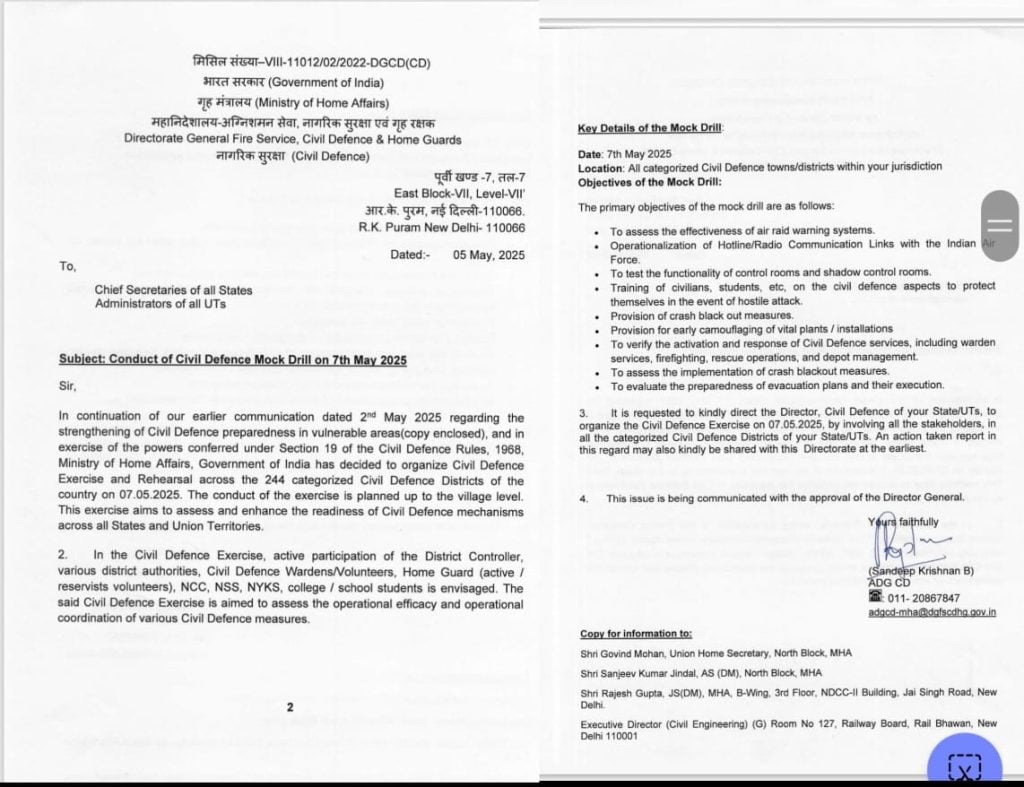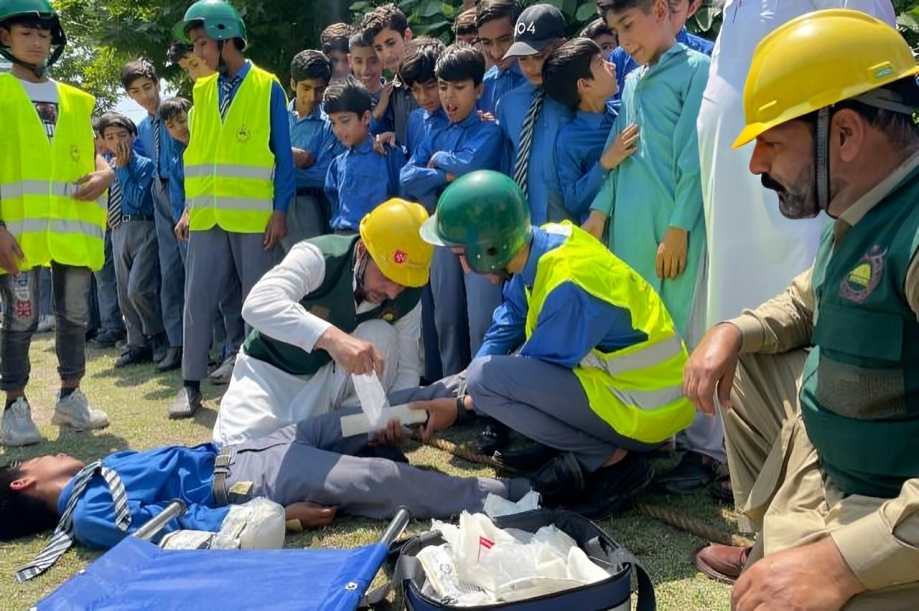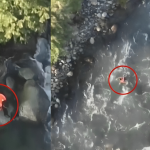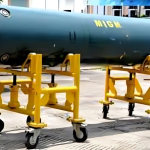In a significant move to enhance national security readiness, the Ministry of Home Affairs has directed states and union territories to carry out comprehensive civil defense mock drills across the country on May 7. The drills are part of a broader initiative to strengthen preparedness for potential hostile attacks and ensure the safety of both civilians and critical infrastructure.
The nationwide exercise will involve the activation of air raid warning sirens—an emergency protocol rooted in India’s past during the Indo-Pakistan wars of 1965 and 1971. Measures will also include crash blackouts, camouflaging of key installations, and the rehearsal of mass evacuation plans.
Civilian participation is central to the initiative, with special training programs being conducted in schools and public institutions to educate people on emergency response and self-protection techniques. The drills will simulate real-life threat scenarios, assessing the readiness of local authorities, inter-agency coordination, and public response.
This step comes amid growing geopolitical tensions and renewed focus on national resilience. A 2022 report by the Ministry of Home Affairs identified 777 critical sites—ranging from economic hubs to strategic assets—as potential high-risk targets, underlining the urgent need for advanced civil defense mechanisms.

The National Critical Information Infrastructure Protection Centre (NCIIPC), operating under the Information Technology Act of 2000, continues to play a key role in securing India’s digital and physical infrastructure.
Recent mock drills in the Delhi-NCR region—triggered by hoax bomb threats targeting over 250 schools—offered a preview of the kind of scenarios that will be tested nationwide. Those operations involved airports, metro stations, and key government facilities, helping refine emergency protocols.
As India readies for the May 7 exercise, officials emphasize that civil preparedness is not just a defense priority but a national responsibility. The drills are expected to provide crucial insights and reinforce India’s ability to respond swiftly and effectively to a range of conventional and emerging threats.













